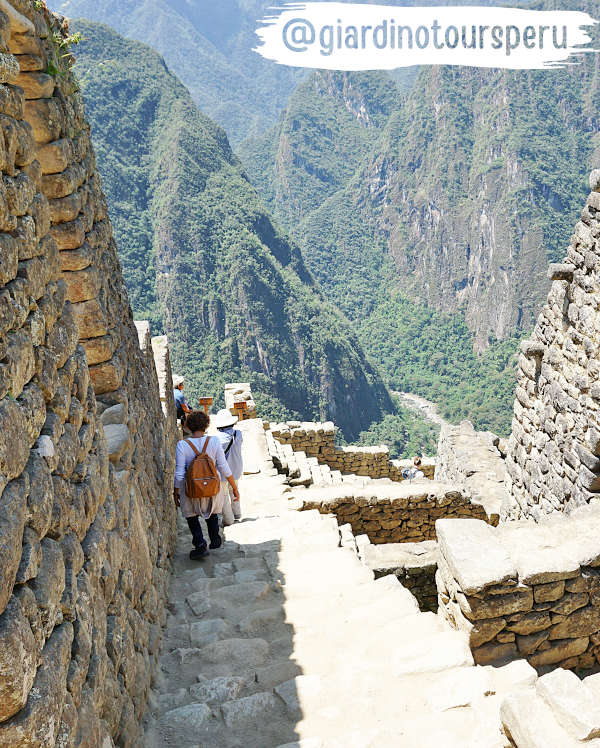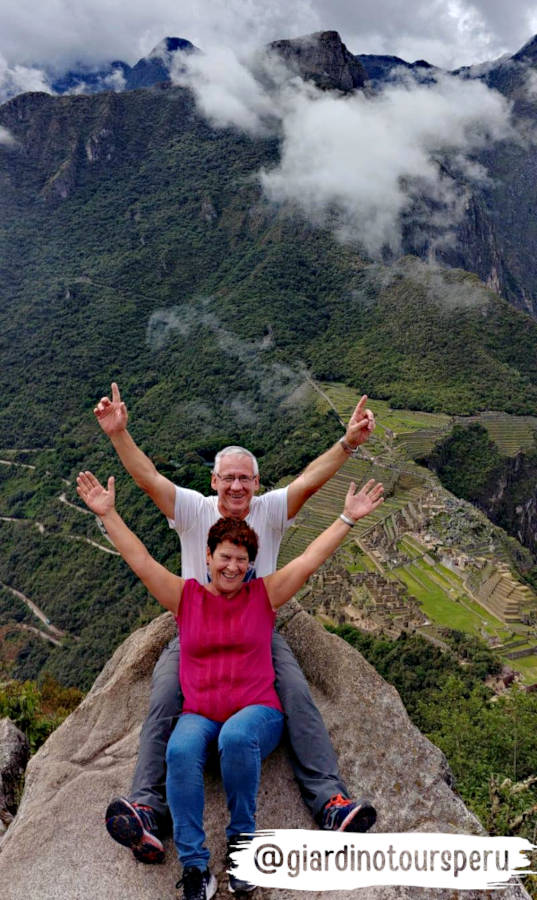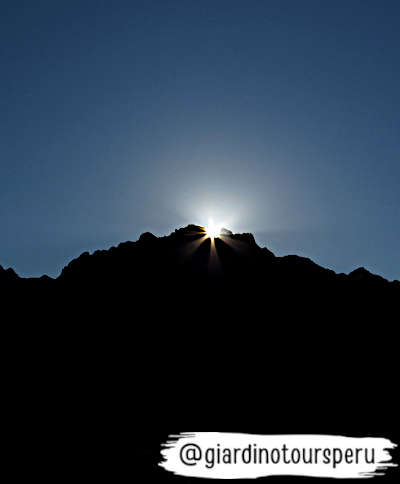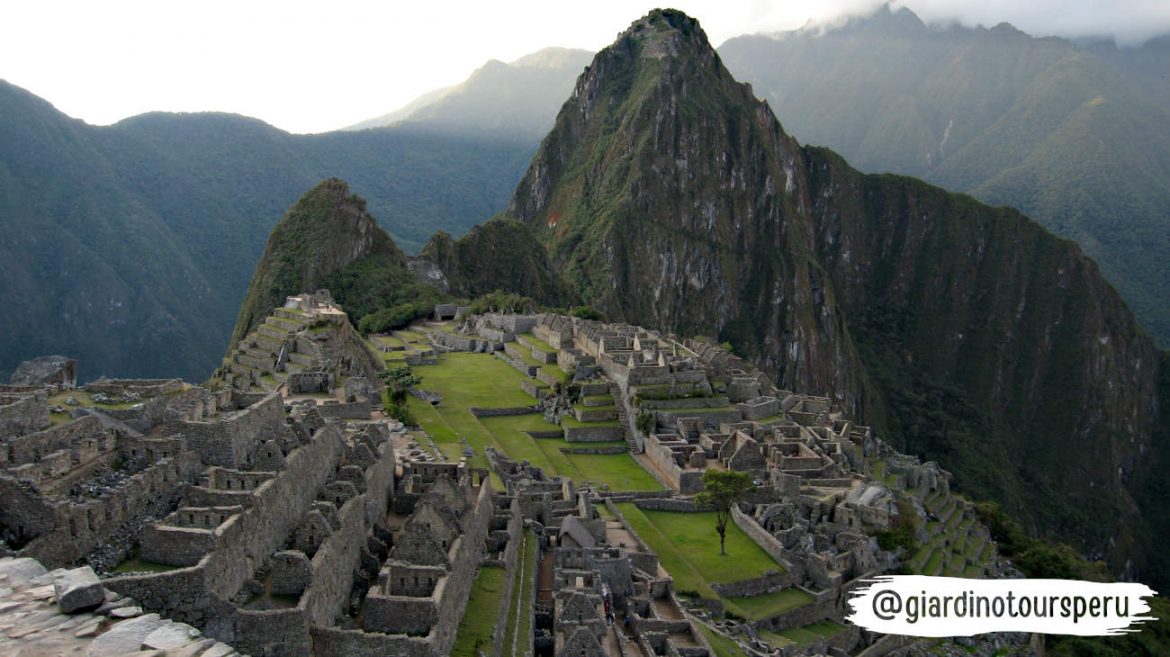Machu Picchu:
A stone city built on the top of an isthmus, between two mountains and between two geological faults, in a region subject to constant earthquakes and, above all, heavy rains all year round. No doubt that this city was a challenge for any master of engineering.
1.- Machu Picchu It’s no stranger to earthquakes.

The stones in the most handsome buildings throughout the Inca Empire used no mortar. These stones were cut so precisely, and wedged so closely together, that a credit card cannot be inserted between them.
Aside from the obvious aesthetic benefits of this building style, there are engineering advantages.
Peru is a seismically unstable country—both Lima and Cusco have been leveled by earthquakes—and Machu Picchu itself was constructed atop two fault lines. When an earthquake occurs, the stones in an Inca building are said to “dance;” that is, they bounce through the tremors and then fall back into place.
Without this building method, many of the best known buildings at Machu Picchu would have collapsed long ago.
2.- Much of the most impressive stuff is invisible.
While the Inca are best remembered for their beautiful walls, their civil engineering projects were incredibly advanced as well. (Especially, as is often noted, for a culture that used no draft animals, iron tools, or wheels.)
The site we see today had to be sculpted out of a notch between two small peaks by moving stone and earth to create a relatively flat space. The engineer Kenneth Wright has estimated that 60 percent of the construction done at Machu Picchu was underground.
Much of that consists of deep building foundations and crushed rock used as drainage. (As anyone who’s visited in the wet season can tell you, Machu Picchu receives a lot of rain.)
3.- The location of Machu Picchu is not a coincidence

On Monday, 23 Sept. 2019, at the Geological Society of America Annual meeting in Phoenix, Rualdo Menegat, a geologist at Brazil’s Federal University of Rio Grande do Sul, will present the results of a detailed geoarchaeological analysis that suggests the Incas intentionally built Machu Picchu — as well as some of their cities — in locations where tectonic faults meet.
“Machu Pichu’s location is not a coincidence,” says Menegat. “It would be impossible to build such a site in the high mountains if the substrate was not fractured.”
Menegat found that these faults and fractures occur in several sets, some of which correspond to the major fault zones responsible for uplifting the Central Andes Mountains during the past eight million years.
Because some of these faults are oriented northeast-southwest and others trend northwest-southeast, they collectively create an “X” shape where they intersect beneath Machu Picchu.
4.- There’s more than one peak to climb
When you visit Machu Picchu for sure you want to visit also the Huayna Picchu peak (the small green peak, shaped like a rhino horn, that appears in the background of many photos of Machu Picchu.) but only 400 people are permitted to climb Huayna Picchu daily.
Almost no one bothers to ascend the pinnacle that anchors the opposite end of the site, which is usually called Machu Picchu Mountain. At 1,640 feet it is twice as tall, and the views it offers of the area surrounding the ruins—especially the Urubamba River winding around Machu Picchu like a coiled snake—are spectacular.
5.- There’s a secret temple.
Should you be one of the lucky early birds who snags a spot on the guest list to Huayna Picchu, don’t just climb the mountain, snap a few photos, and leave.
Take the time to follow the hair-raising trail to the Temple of the Moon, located on the far side of Huayna Picchu. Here, a ceremonial shrine of sorts has been built into a cave lined with exquisite stonework and niches that were once probably used to hold mummies.
6.- It has a great sense of orientation

There is solid evidence that the builders took into account astronomical and ritual criteria for the construction of Machu Picchu, according to studies by Dearborn, White, Thomson and Reinhard, among others.
Indeed, the alignment of some important buildings coincides with the solar azimuth during the solstices, in a constant and therefore not accidental way, with the rising and setting points of the sun at certain times of the year and with the peaks of the surrounding mountains.
Recent research has shown that the site’s location of many constructions of the Incas and the orientation of them, was strongly influenced by the location of nearby holy mountains, or Apus.
For example, an arrow-shaped stone atop the peak of Huayna Picchu appears to point due south, directly through the famous Intihuatana Stone, to Mount Salcantay, one of the most revered apus in Inca cosmology.
Giardino Tours / Travel Blog
@Giardinotoursperu
#ItravelwithGiardino #OneTripManyExperiences
Sources:
National Geographic: Machu Picchu 10 secrets
Wikipedia: Machu Picchu
BBC News (Mitos y verdades de Machu Picchu)
La vanguardia: Machu Picchu en un lugar tan complicado
Science daily: Ancient Incan sanctuary intentionally built on faults

